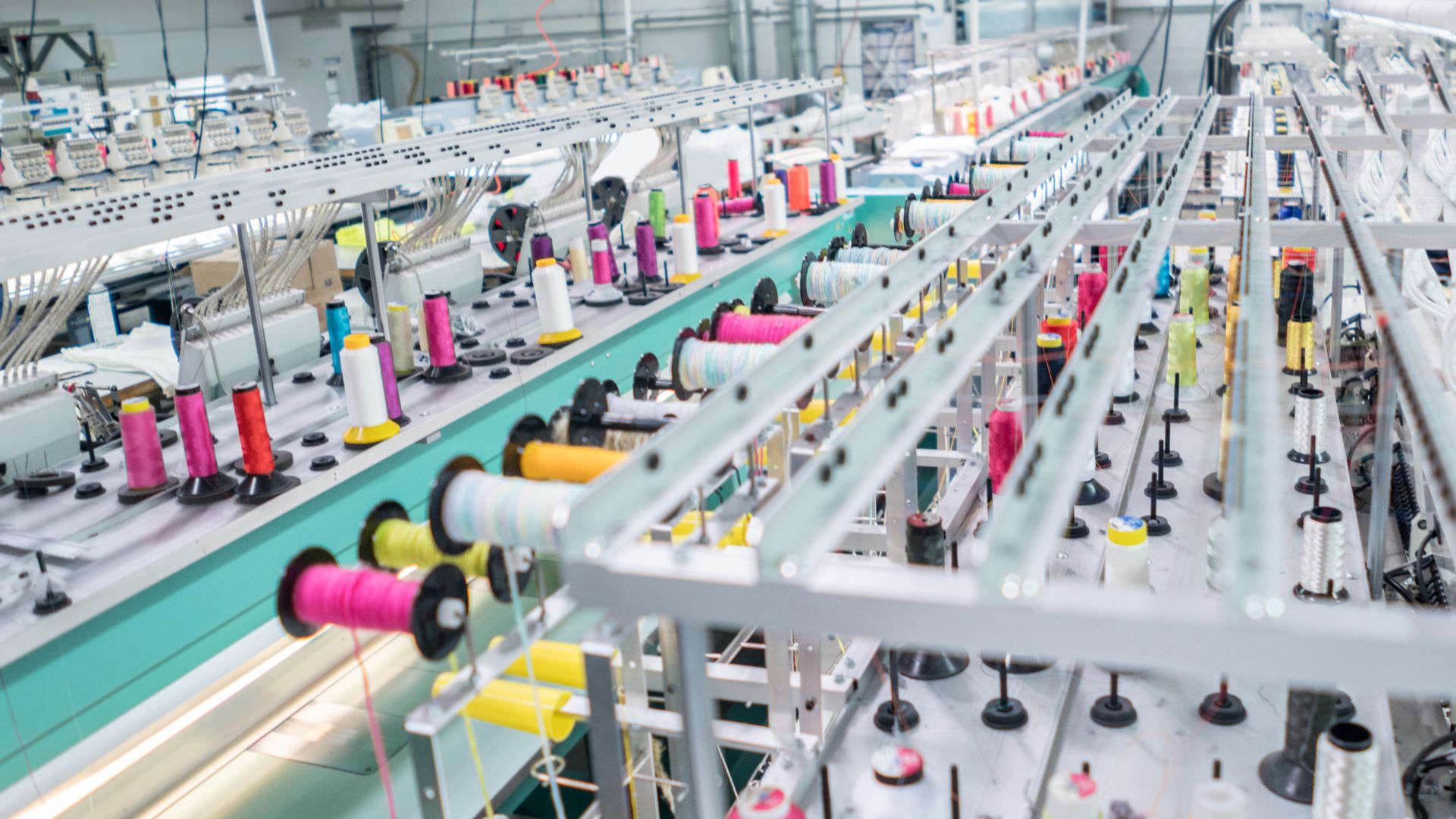How long has it been since you last bought clothes? Since the outbreak of the COVID-19 pandemic, with lockdowns and remote work implemented in many countries, many people have been confined to their homes, leading to a decreased need for dressing up. Consequently, the global apparel industry has faced severe impacts. As the pandemic eases, the industry is rebounding with a vengeance, recouping the revenue lost during the pandemic era through consumers’ revenge spending.
Significant Revenue Recovery in Post-Pandemic Apparel Industry
According to data from the research firm Statista, the global apparel industry saw a decline of over 11% in revenue in 2020 due to the pandemic, dropping to $1.4 trillion. However, in 2023, the industry’s revenue swiftly recovered, surpassing $1.74 trillion.
This demonstrates the formidable power of revenge consumption in recent years. The apparel market’s revenue is expected to continue growing, reaching $1.94 trillion by 2027. This indicates the industry’s optimism about the market prospects in the coming years, expecting strengthened consumer confidence and spending power as the global economy continues to recover.

Between 2022 and 2023, the overall market grew by nearly 18.8%, with significant improvements across various product types and distribution channels, indicating a promising future for the apparel industry. Notably, the women’s apparel market experienced a robust growth of 28.9%, and off-price channels like outlets saw a 27.7% increase. These figures highlight a shift in consumer buying habits and a demand for diverse sales channels.

Fast Fashion:A Competitive and Growing Market
In the fiercely competitive world of fast fashion, annual market value predictions have been consistently increasing, from approximately $91.2 billion in 2021 to $106.4 billion in 2022.
This growth trend is expected to continue until 2027, potentially reaching a market size of nearly $185 billion. This momentum reflects the high demand for fast-changing fashion trends among consumers, indicating that fast fashion remains a lucrative sector, especially as consumers return to physical stores post-pandemic and enjoy the convenience of online shopping.

Leading Global Apparel and Accessory Companies in 2022
In 2022, LVMH led the global apparel and accessory companies with an astonishing revenue of $73.76 billion, followed closely by Nike and Inditex with revenues of $38.01 billion and $37.38 billion, respectively. These figures underscore the strong performance of luxury and mainstream brands in the global market.
LVMH’s high-end branding and diversification strategy, Nike’s innovation and market penetration, and Inditex’s fast fashion business model serve as exemplary cases in the industry.

「Green」Products:A Key Focus for European Consumers
In recent years, with the rise of ESG and environmental awareness, 2023 saw a significant increase in consumer attention to sustainable products compared to the previous year.
European countries lead in eco-conscious consumerism, with French consumers showing the highest interest in such products at 76%, followed by Italy at 74%. This suggests that sustainable products have become a global consumer trend. Taiwanese brands looking to succeed in these markets must place greater emphasis on product sustainability and strengthen their sustainable brand image.
As consumers increasingly focus on the environmental impact of their purchases, Taiwanese apparel brands need to consider product design and price competitiveness, as well as invest more in sustainable supply chains.

KSCC Insight and Suggestions
- Making Sustainable Products a Core Competency:
As global consumer focus on environmental issues grows, Taiwanese apparel brands should integrate eco-friendly principles into every stage of their product life cycle. From using recyclable materials and reducing waste to implementing energy-efficient production processes, brands need to demonstrate their commitment to environmental responsibility through concrete actions. - Strengthening Brand Communication Strategies:
Since consumer interest in sustainable products varies across countries, Taiwanese brands should tailor their marketing messages to their target markets. For example, in France and Italy, brands could use storytelling marketing campaigns to highlight their sustainability efforts and connect emotionally with consumers. In markets like the USA and the UK, brands could emphasize innovation and technological advancements to enhance their products’ eco-friendly features. - Initiating Digital Transformation to Reduce Operational Costs and Efficiently Utilize Resources:
Brands could also consider combining sustainability strategies with digital transformation, such as implementing data dashboards to monitor warehouse conditions and optimize inventory management. This reduces overproduction and leads to more efficient resource utilization. Through such methods, brands can attract environmentally conscious consumers while improving operational efficiency and reducing costs.
KSCC is a management consulting company in Taiwan. Their services include corporate in-house training, consulting, and leadership management. For more information about their corporate services, visit: https://kscthinktank.com.tw/custom-training/
